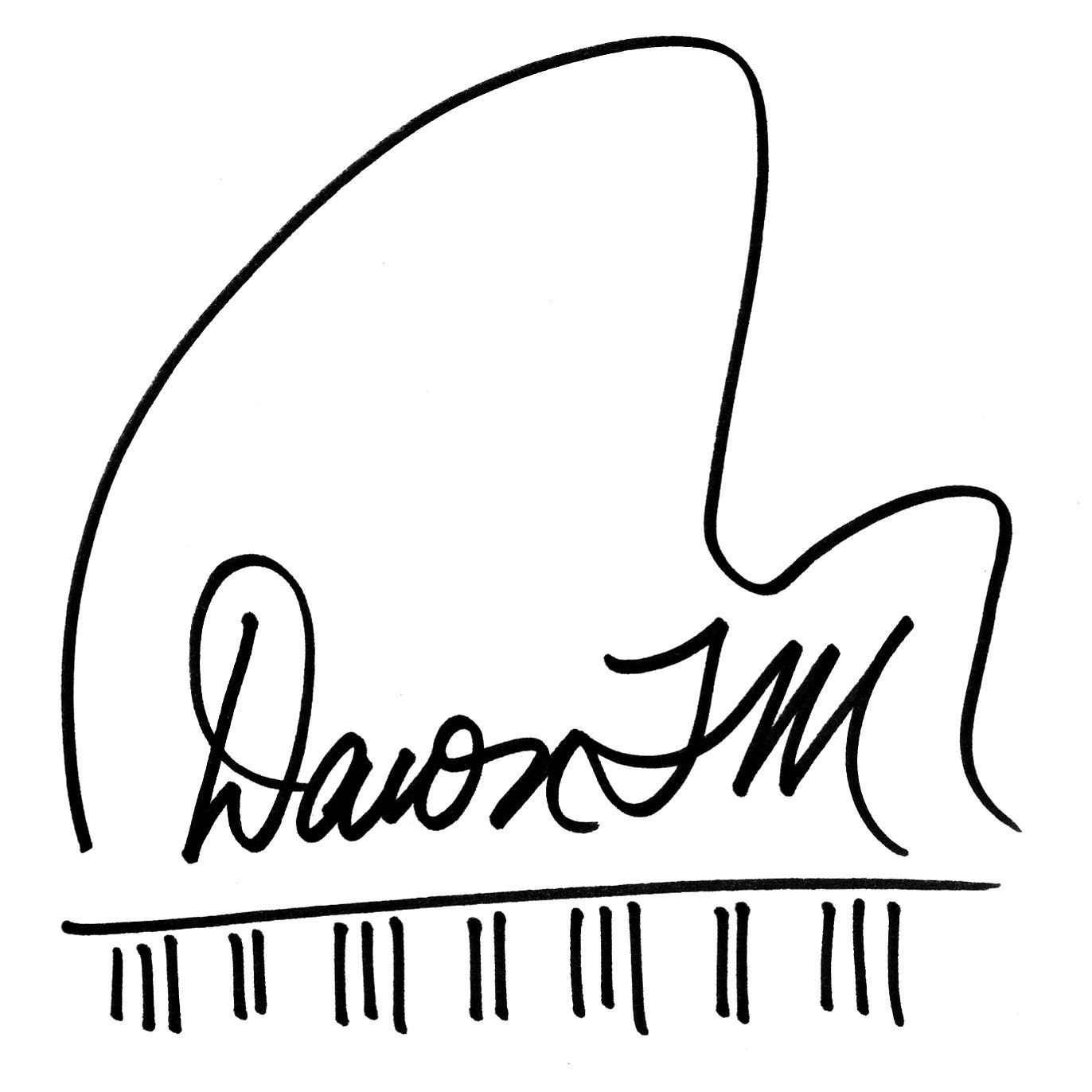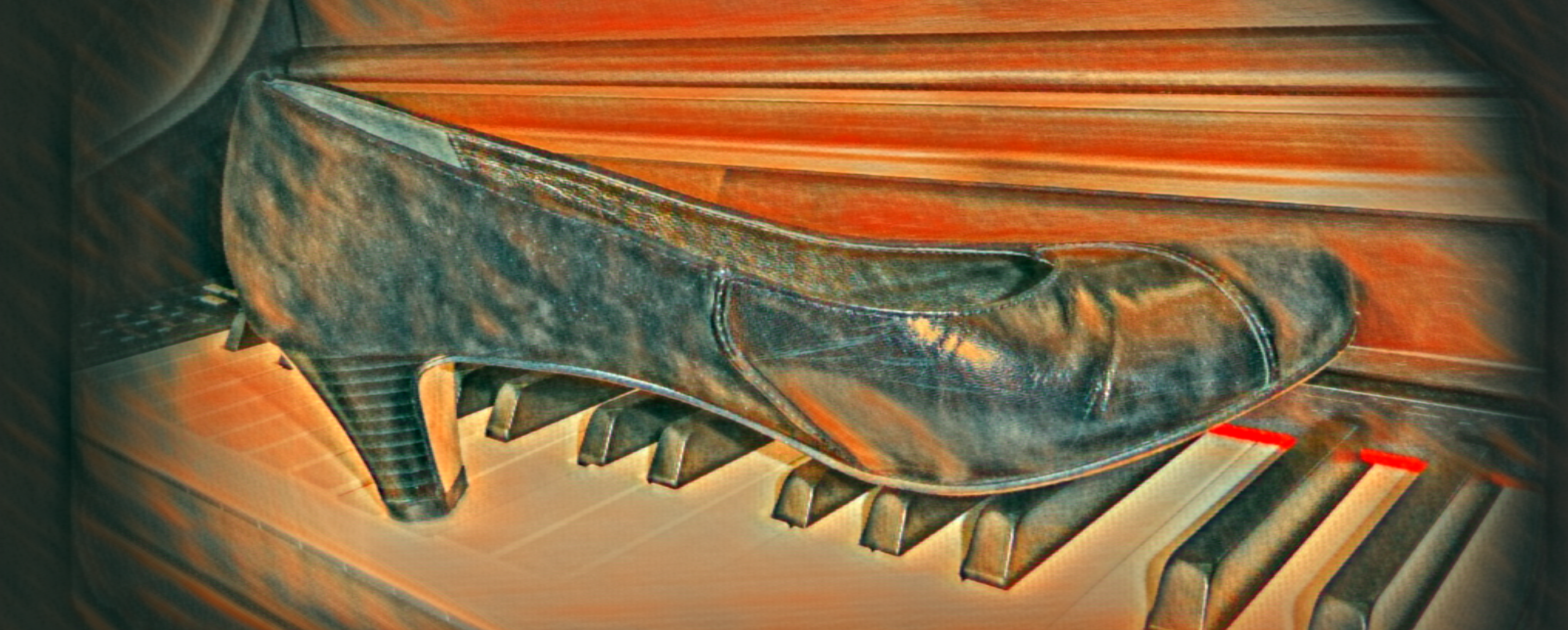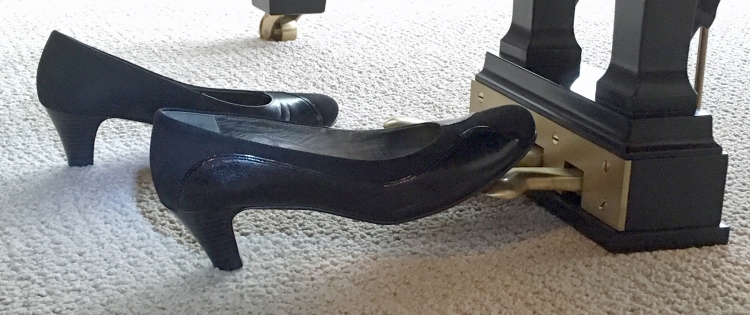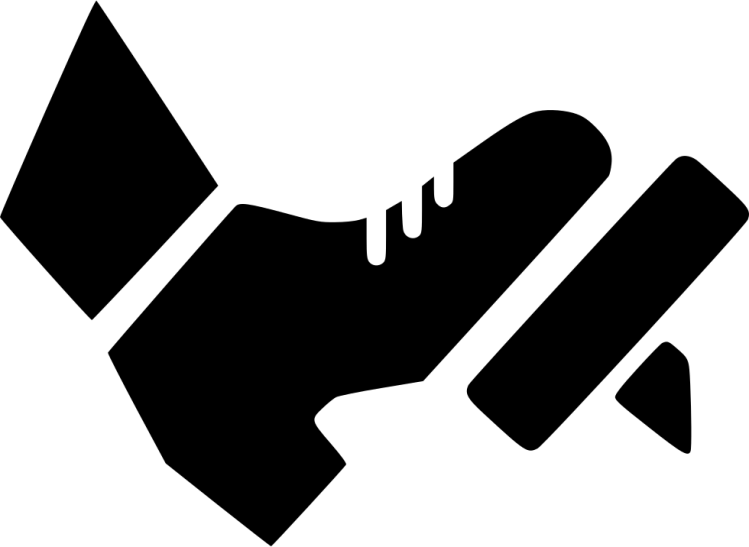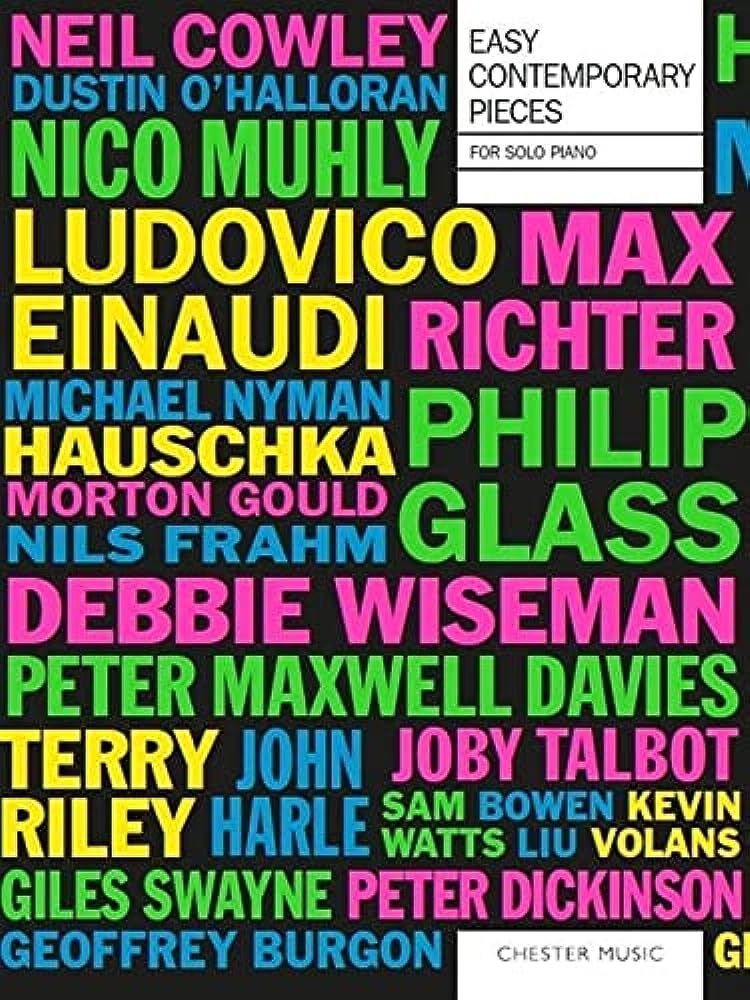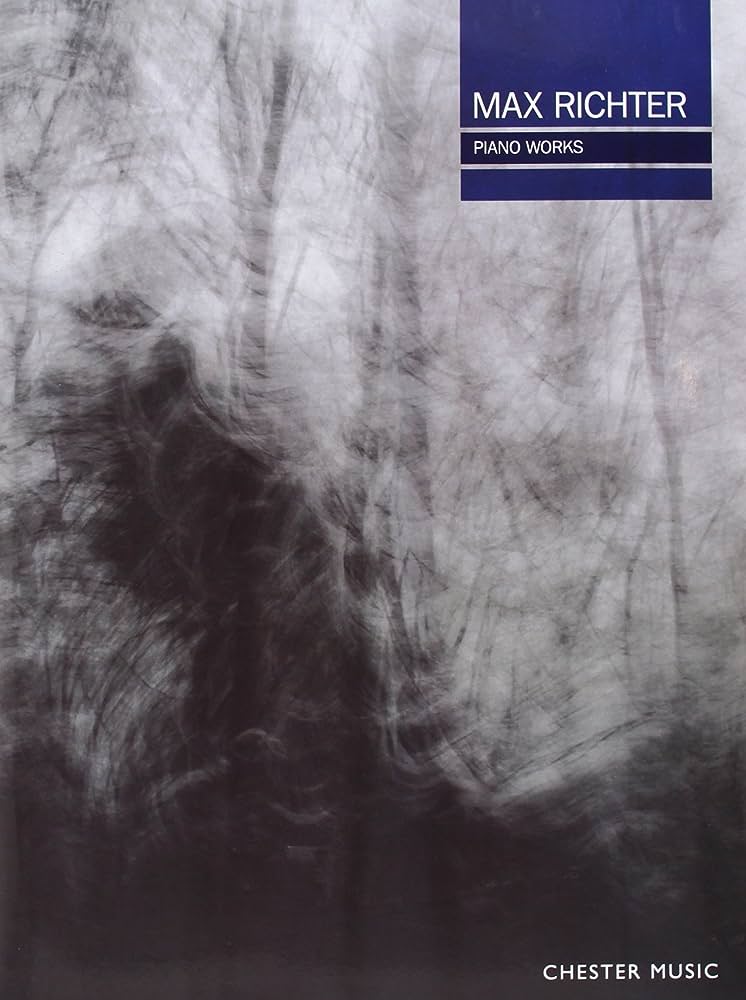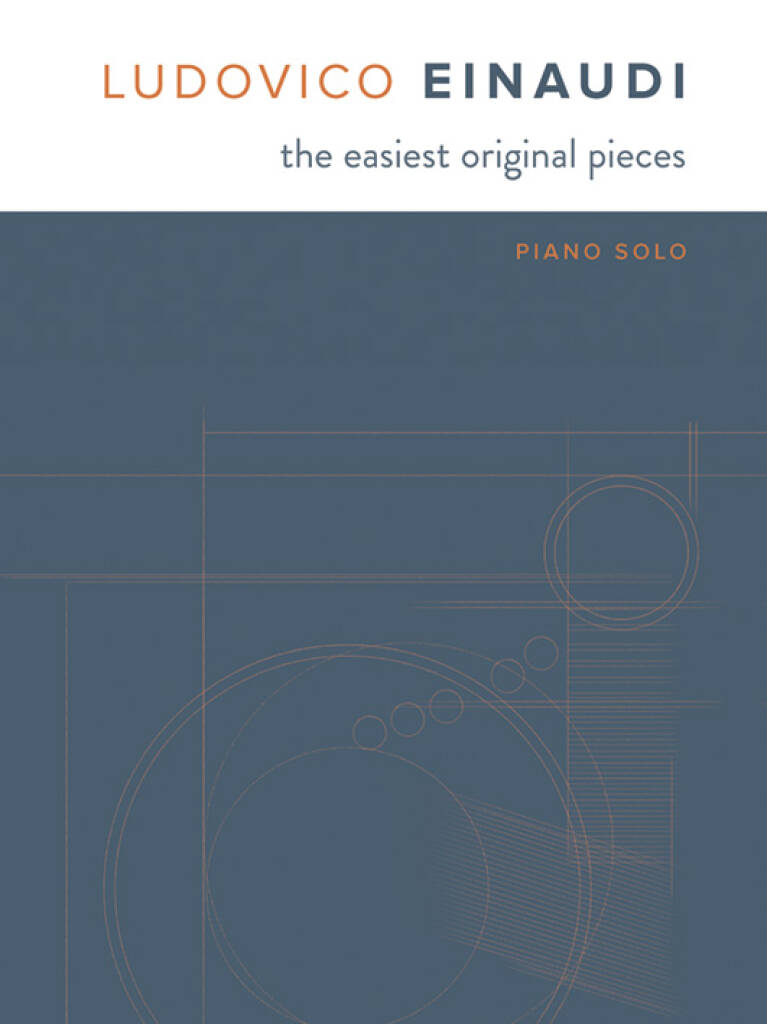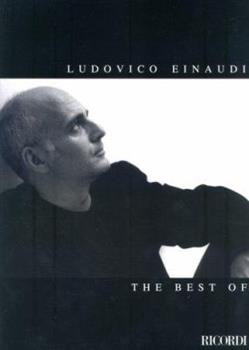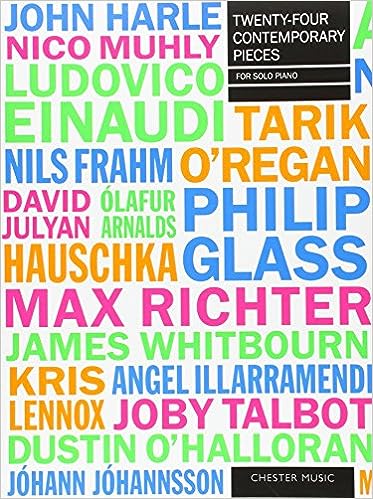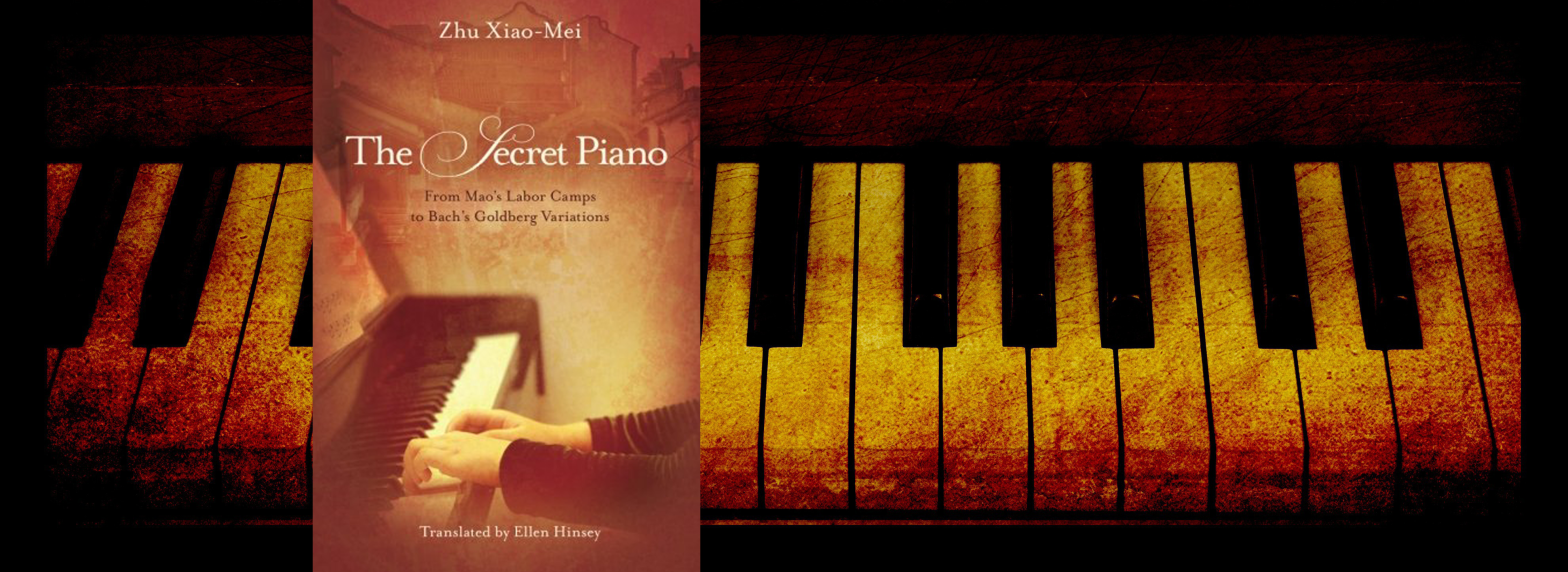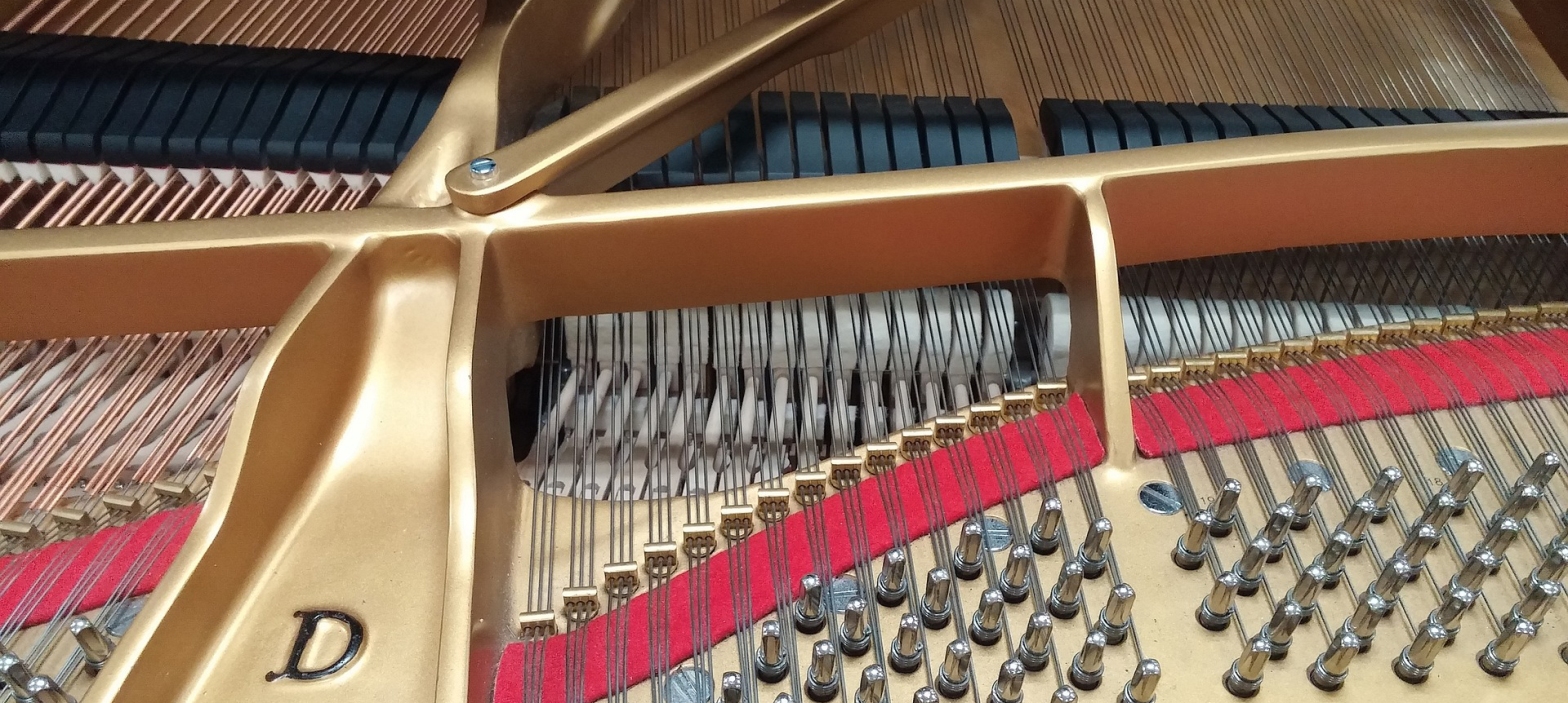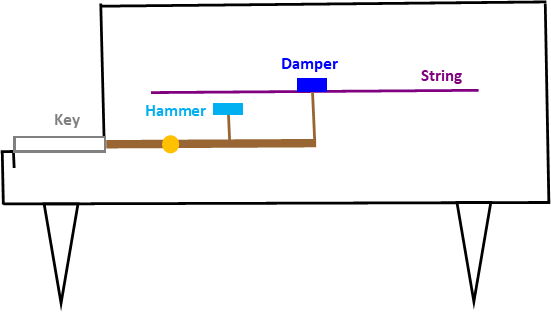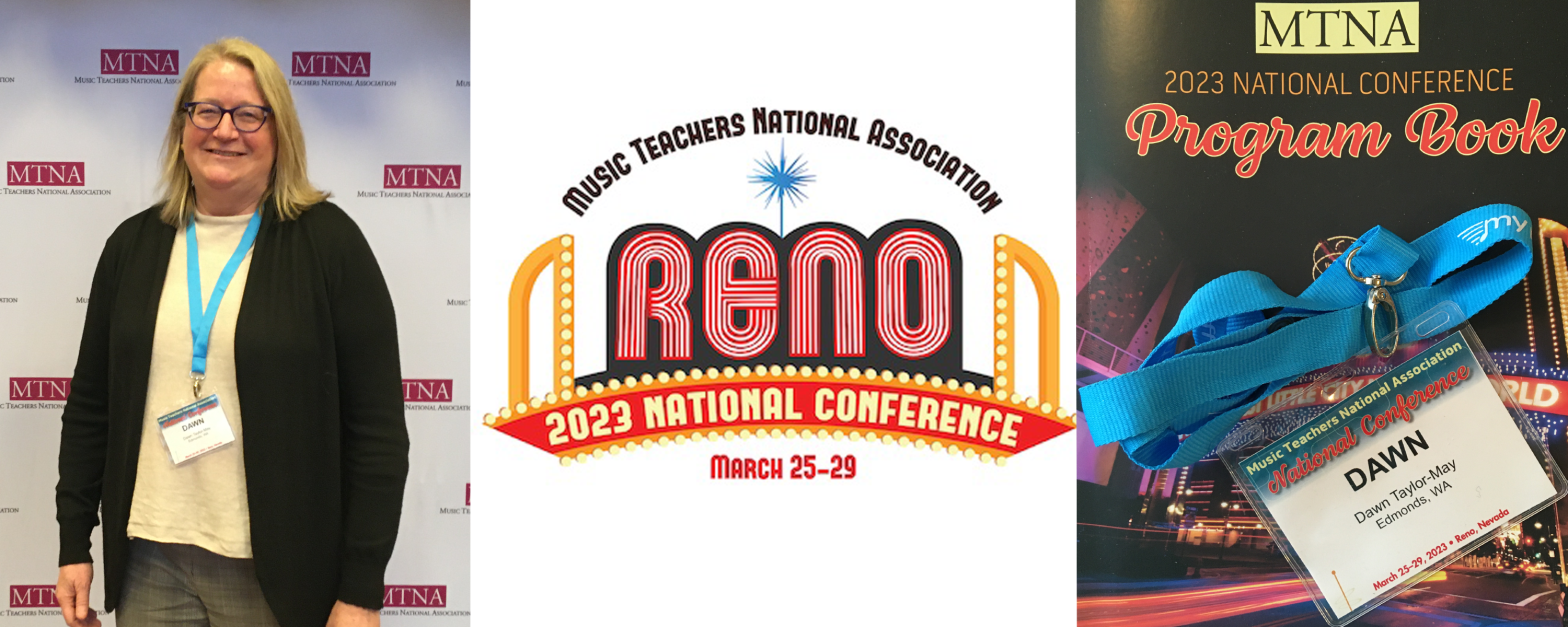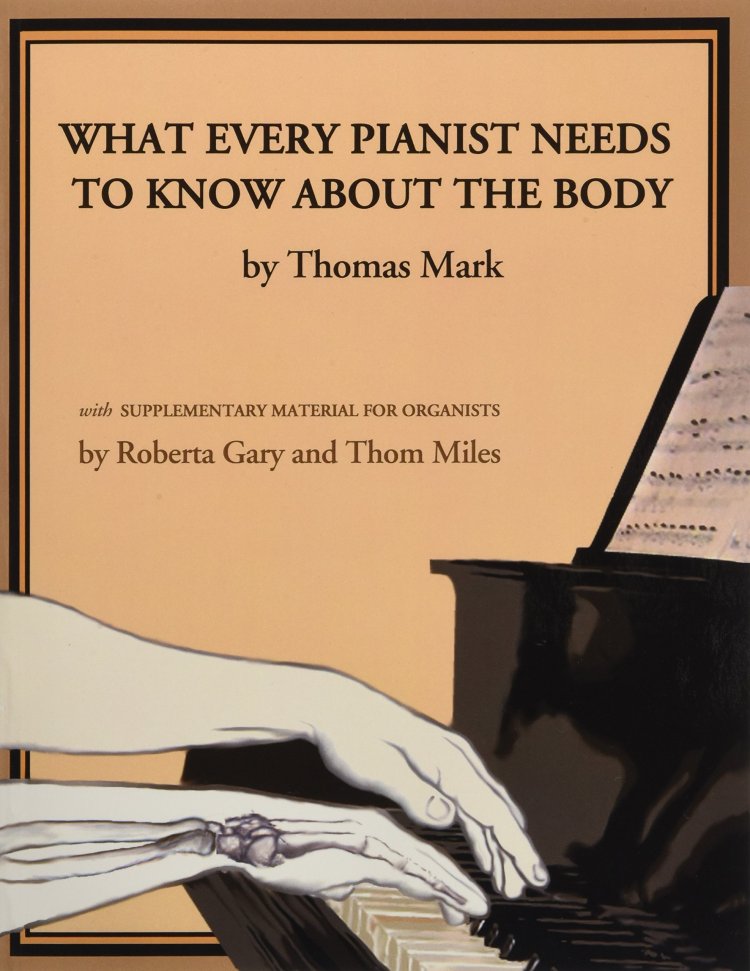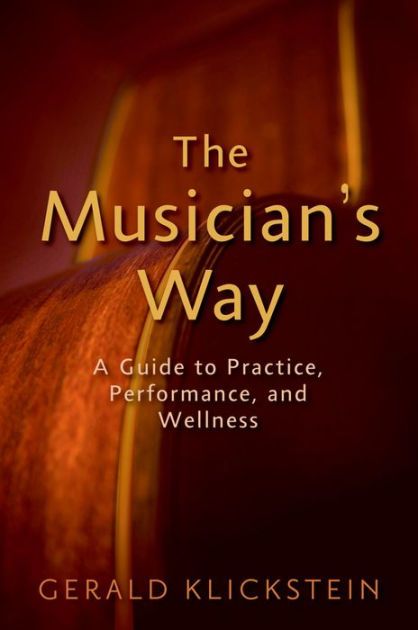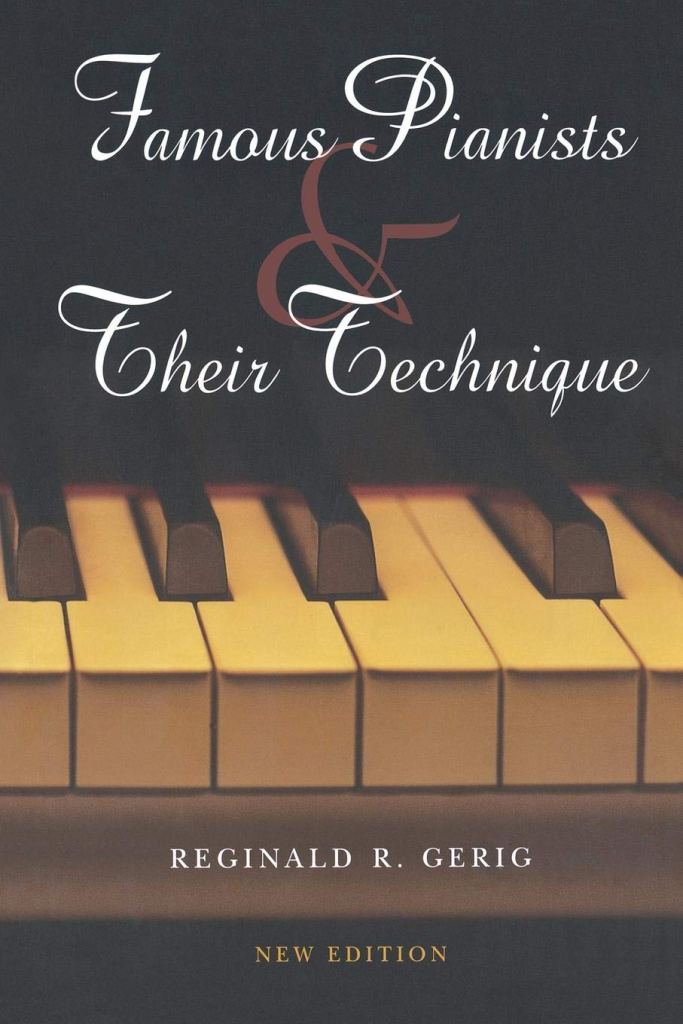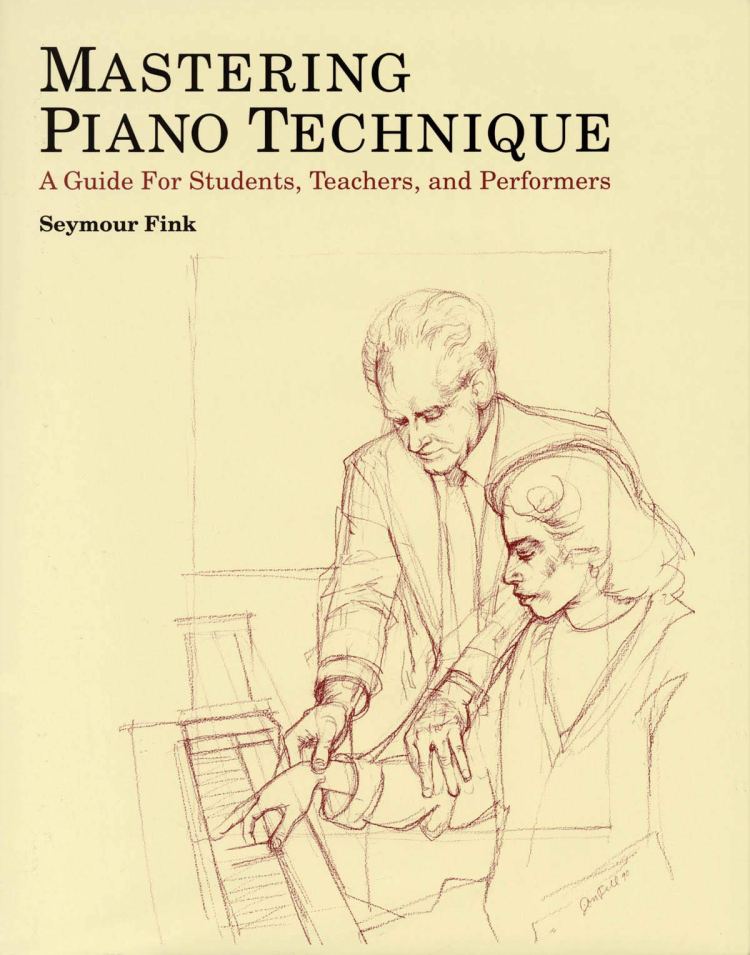I recently had a student where I was struggling to find approachable and appealing material. The student always wanted to work on pieces that were above their technical ability, so they typically spent a very long time (too long) on each piece. Method books had shorter and easier songs, but were unappealing to this young adult. I needed to find some shorter and more appealing material for this student. Then, I stumbled across a number of YouTube videos where the someone would simply play immediately recognizable pop song introductions on the piano one after another as one video. This is one example by Paul Fagan:
What a great idea! Have my student learn short very recognizable introductions to songs as a stand alone activity. This idea has worked well not only with this student, but most of my other adult students as well and become a standard teaching technique in my studio. My students love working on the short introductions of famous songs and it gives me a chance to have my student work with various keys, talk about harmonies, and what makes the introduction interesting. However, most importantly, I’ve found that I can teach my students a lot about technique all while working on very appealing music that is quite a bit shorter than learning an entire piece. I have recently added other genres like classical music for variety.
My approach to using song introductions in piano lessons
1. Figure out a famous song that has a nice piano introduction or could be a nice piano introduction.
2. Analyze the introduction and look for salient teaching points about the introduction.
3. Write out the song introduction using music notation software so the student doesn’t get bogged down by the entire song. I sometimes cater to the individual student by simplifying the piano arrangement, adding in fingering, etc. I also usually put a cadence at the end of the intro, so it sounds more complete. These introductions are usually between 4 and 8 bars long.
4. I write down teaching points for my records.
Classical song Introduction Examples
Pachelbel Canon in D
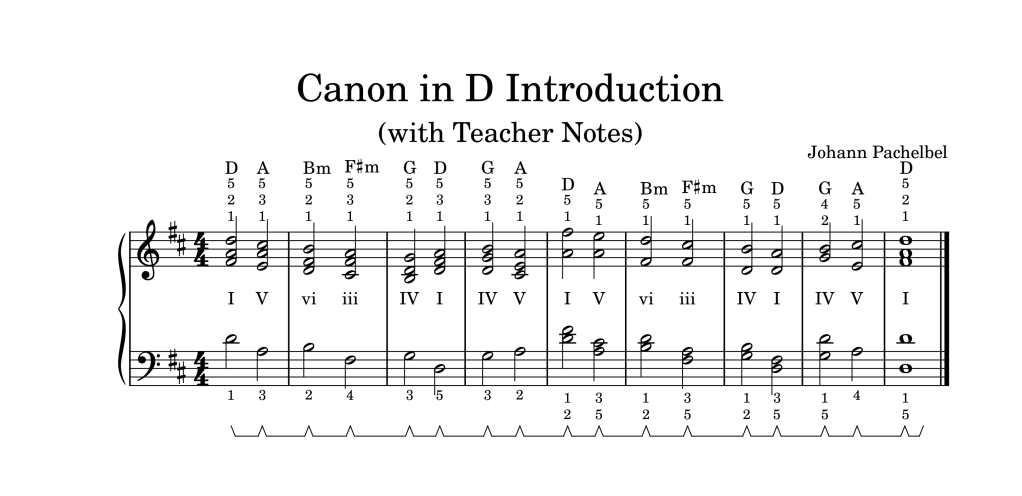
Background: Pachelbel’s Canon by the German Baroque composer Johann Pachelbel. Neither the date nor the circumstances of its composition are known (suggested dates range from 1680 to 1706). This piece fell into obscurity for many centuries until a 1968 arrangement and recording of it by the Jean-François Paillard chamber orchestra gained attention. From the 1970s onward, elements of the piece, especially its chord progression, were used in a variety of pop songs. Since the 1980s, it has also found increasingly common use in weddings and funeral ceremonies in the Western world.
Student Questions:
1. What key is this?
2. What are the chords (both pop and classical notation) used and what inversion are they?
3. Where is the well-known melody? How can you bring out the melody?
4, What fingering should be used and why?
5. Pedaling, how should this be pedaled and why?
Teacher Notes:
1. Good for pedaling practice.
2. Good for chord voicing.
3. Good for practicing sounding all chord notes at once, avoiding “splitting” of notes.
4. Good for figuring out chord fingering.
5. Good for figuring out chords within a key and cadences.
Bach Toccata and Fugue in D Minor
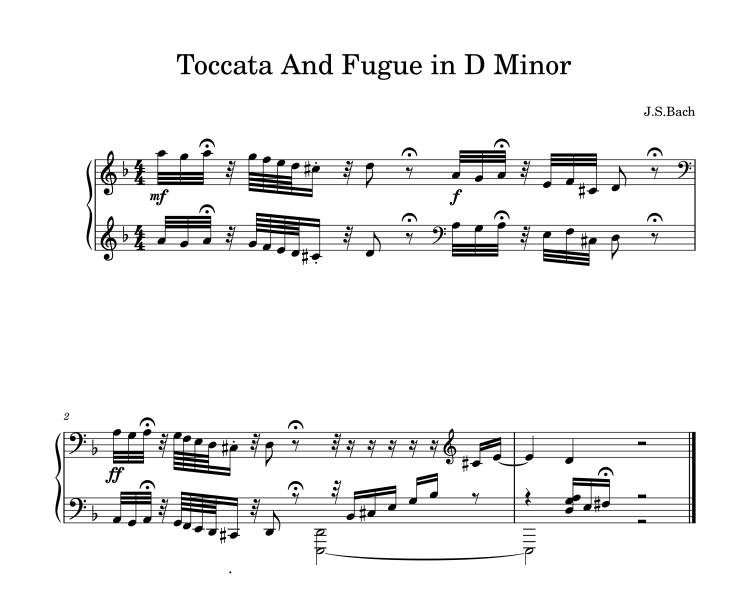
Background: The Toccata and Fugue in D minor, BWV 565, is a composition for organ by Johann Sebastian Bach. Little is known about its early existence until the piece was discovered in an undated manuscript produced by Johannes Ringk. It was first published in 1833 during the early Bach Revival period through the efforts of composer Felix Mendelssohn. BWV 565 was used as film music well before the sound film era, becoming a cliché to illustrate horror and villainy.
Student Questions:
1. How should we finger this and why?
2. What do you visualize when you hear this opening?
3. This looks hard to read, how should we count this out? Where are the four beats in the measures?
4. Notice the change in clef and also all types of repetition of the opening motif.
Teacher Notes:
1. Good for figuring out unusual note timings.
2. Good for short fast scalar runs with articulation.
3. Notice that each short run ends on a “D”, establishing the key.
4. The last arpeggio is mostly a diminished arpeggio resolving once to a D Major chord instead of minor.
5. Fun to play this on a digital piano using the organ mode.
Debussy Clair De Lune
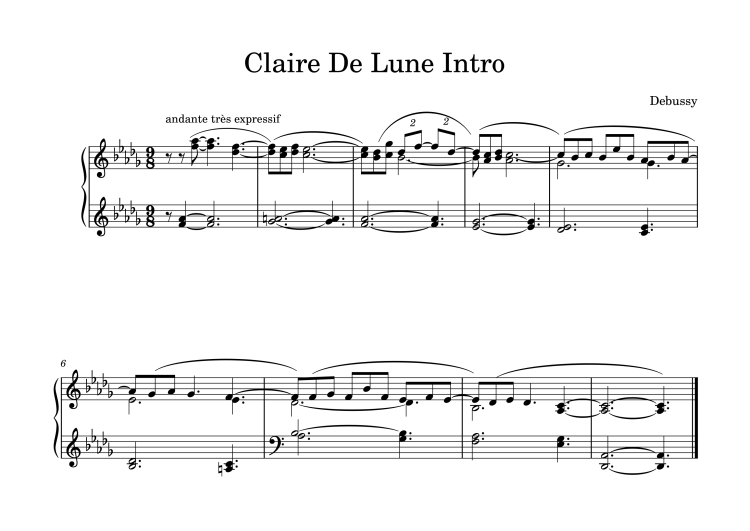
Background: The French composer, Claude Debussy began composing Clair de lune in 1890 when he was 28 and later revised and published it as the 3rd movement of the four-movement work called Suite Bergamasque. ‘Clair de lune’ (translates as Moonlight) takes its title from an atmospheric poem by the French poet Paul Verlaine which depicts the soul as somewhere full of music ‘in a minor key’ where birds are inspired to sing by the ‘sad and beautiful’ light of the moon.
Student Questions:
1. What key is this?
2. What does “andante très expressif” mean?
3. How do you think the duplets are played in 9/8 time?
4. How shall we finger this so you can move easily from chord to chord and note to note?
5. Debussy uses very interesting chords that can be difficult to analyze. Discuss the harmonization.
6. What image comes to mind when you hear this intro?
7. What sort of technique can you use to make this piece sound like ‘Moonlight”?
Teacher Notes:
1. Introduces unusual time signature.
2. Needs a little rubato because if you play it exactly as written, it sounds a bit awkward.
3. Need to be careful with fingering so the student can keep the legato sound.
4. Discuss phrasing, drop-rolls, moving toward the ending note.
5. Discuss dropping into the LH chords to make them sound soft and gentle, plus hand balance.
6. Check this piece with the metronome to get correct timing and then add rubato.
7. Practice without the pedal to get a solid legato that doesn’t rely on the pedal alone.
Some Favorite Pop Song Introductions
The Fray How To Save A Life
MusicNotes.com sheet music
Teacher Notes:
1. Beginner level
2. Discuss chords used and key.
2. Discuss LH similarity to alberti bass, how is this different?
3. Good for holding down one finger and playing notes with other fingers.
John Lennon Imagine
MusicNotes.com sheet music
Teacher Notes:
1. Beginner level
2. Discuss chords used and key.
3. LH Bass pedal point on “C”.
4. Discuss RH similarity to classical decorations like turns and appoggiaturas.
Coldplay Clocks
MusicNotes.com sheet music
Teacher Notes:
1. Advanced Beginner level
2. Discuss key and scale. Why is the starting chord E flat, but the key signature is A flat? Introduce mixolydian scale.
3. Discuss the grouping of RH notes and how it has a 3-3-2 feel despite being in 4/4 time.
4. Discuss chord inversions.
Adele Turning Tables
MusicNotes.com sheet music
Teacher Notes:
1. Intermediate level
2. Good for timing of LH and good for teaching that a dotted eighth note receives 3/4 of a beat.
2. Chords are more sophisticated, but can be a good introduction to sus and 9th chords.
3. RH consists of broken chords.
4. Can help teach coordination between the RH and LH.
Journey Don’t Stop Believing
MusicNotes.com sheet music
Teacher Notes:
1. Intermediate level
2. Good for teaching RH rotation to reach the broken chord easily, use of pedal point in RH.
3. Good for teaching hand balance, because melody is in LH.
4. Difficult to get the LH timing to go with the RH broken chord for students, need to count or play with metronome.
